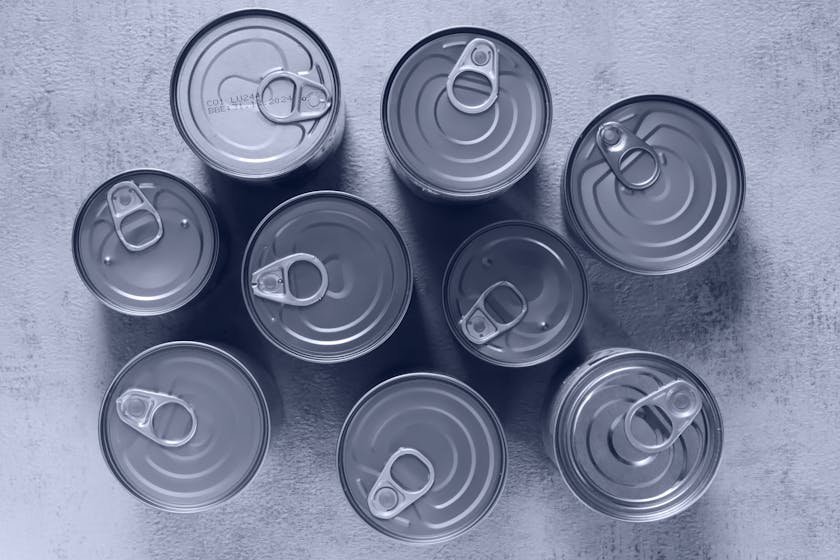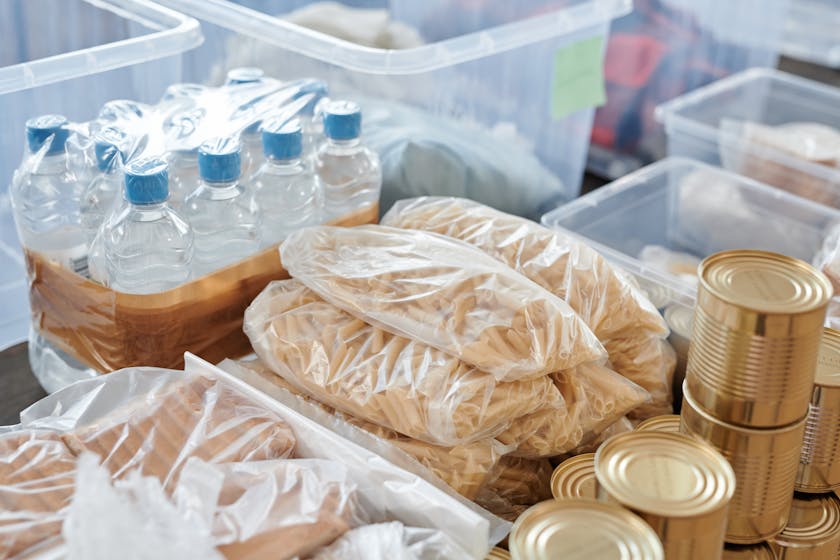If you’re considering once-a-month cooking as a way to prepare for emergencies, understanding bulk meal storage is crucial. This method of cooking not only saves time but can also provide peace of mind in times of need. Whether you’re dealing with power outages, natural disasters, or simply wanting to minimize grocery trips, having a stockpile of prepared meals can be a lifesaver.
Why Bulk Meal Storage is Essential for Emergency Preparedness
Emergency preparedness is not just about having a kit with flashlights and batteries; it’s also about ensuring you have enough food to sustain you and your family. Bulk meal storage takes the concept of emergency food supplies a step further by having ready-to-eat meals at your disposal.
Getting Started with Once-a-Month Cooking
The first step to successful bulk meal storage is planning. Begin by deciding which recipes are suitable for freezing and reheating. Opt for dishes that freeze well and are nutrient-dense. Soups, stews, casseroles, and marinated meats are excellent choices for once-a-month cooking.
When selecting recipes, consider variety and dietary restrictions. It’s important to have a mix of proteins, vegetables, and carbohydrates to maintain a balanced diet. Additionally, label your meals clearly, especially if they cater to specific dietary needs.
Choosing the Right Containers for Your Bulk Meals
Proper storage is the backbone of once-a-month cooking. Use airtight containers that are freezer-safe to prevent freezer burn and maintain food quality. Vacuum-sealed bags are also a good option, as they save space and keep food fresh longer.
Organizing Your Freezer for Optimal Storage
Organization is key when it comes to accessing your meals efficiently. Group meals by type and use date, and rotate your stock to use older meals first. Consider creating an inventory list to keep track of what you have on hand.
Remember to leave space in your freezer for air circulation, as this helps maintain consistent temperatures and reduces the risk of spoilage.
Thawing and Reheating Your Bulk Stored Meals
When it’s time to use your stored meals, proper thawing and reheating are essential. Thaw meals in the refrigerator to ensure they remain at a safe temperature. When reheating, ensure the meal reaches an internal temperature of 165°F to eliminate any harmful bacteria.
Maintaining Food Safety During Power Outages
In the event of a power outage, keep your freezer closed to maintain the temperature for as long as possible. If the outage lasts more than 24 hours, consider transferring food to a cooler with ice to keep it cold.
Regularly check the temperature of your freezer and refrigerator with an appliance thermometer to ensure your bulk stored meals remain safe to consume.
Maximizing Shelf Life with Proper Meal Labeling
Label each meal with the name, cooking date, and reheating instructions. This not only helps with organization but also ensures that you use meals within their optimal shelf life. Most frozen meals are best consumed within three months for quality and taste.
Expanding Your Emergency Food Supply Beyond Once-a-Month Cooking
While once-a-month cooking is a significant component of your emergency food supply, consider supplementing with non-perishable items such as canned goods, grains, and dried fruits. These items can fill nutritional gaps and add variety to your meals.
In conclusion, bulk meal storage for emergency preparedness is a practical approach to ensuring you always have access to nutritious meals. By mastering once-a-month cooking and storage techniques, you can safeguard your household against unforeseen circumstances while enjoying delicious, home-cooked meals any time.




